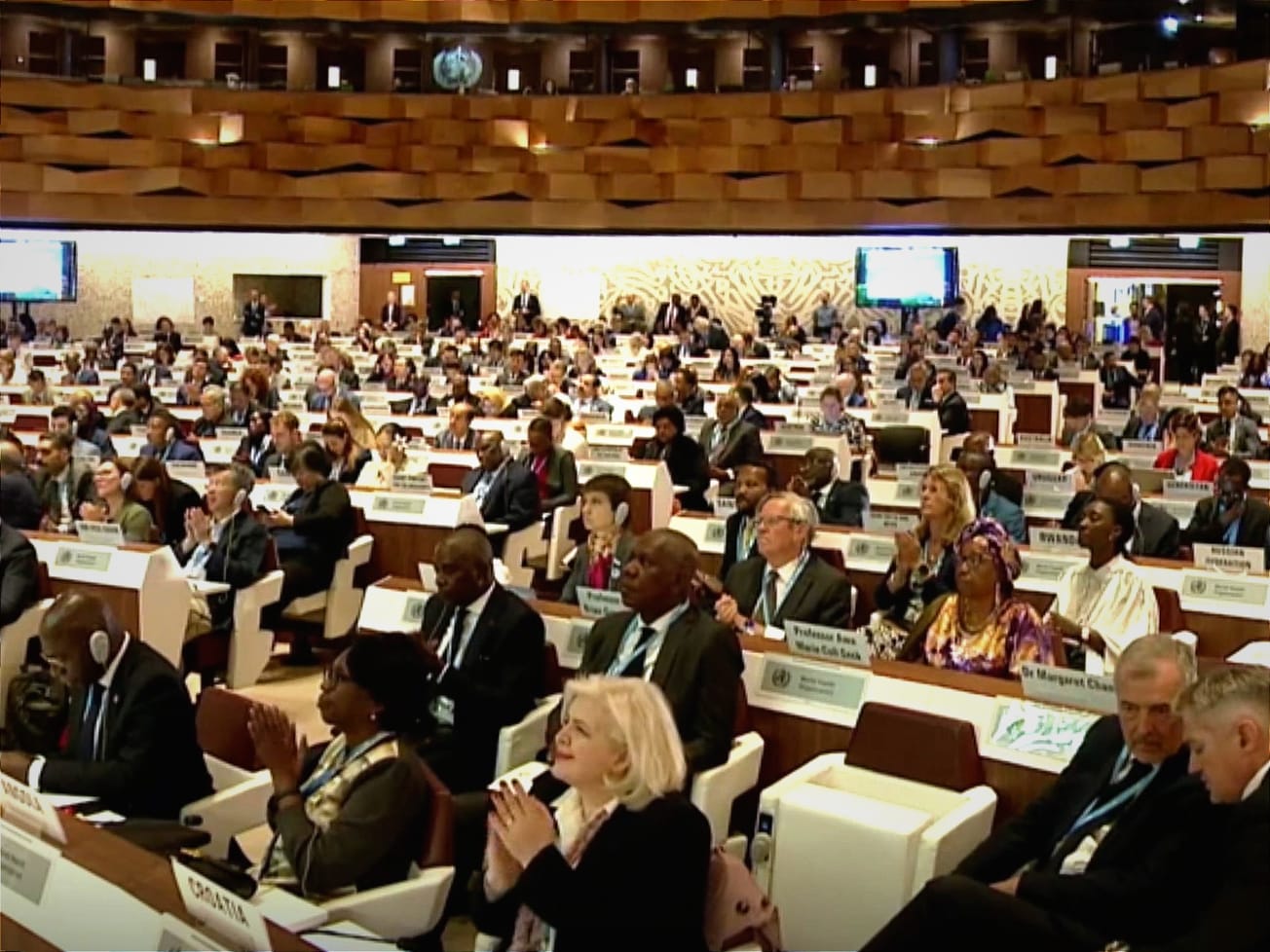Floods, storms, droughts and wildfires uprooted the lives of 43 million children between 2016 and 2021, according to a new UNICEF report.
That equals about 20,000 child displacements per day, with 95% of those caused by floods and storms, UNICEF said in its "Children Displaced in a Changing Climate" report on Friday.








